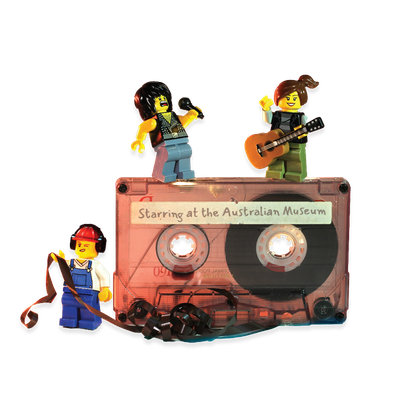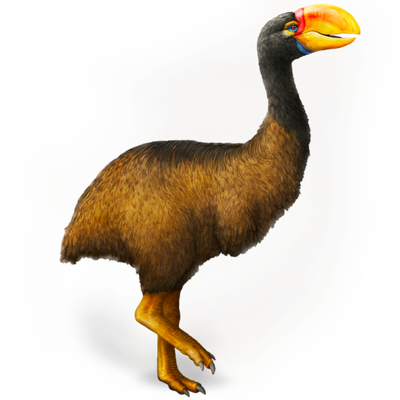Your search returned 2817 results
By Page Type
By Tag
- fish (966)
- blog (696)
- fishes of sydney harbour (401)
- First Nations (299)
- Blog (236)
- AMRI (169)
- archives (164)
- Eureka Prizes (146)
- Aboriginal and Torres Strait Islander (135)
- insect (126)
- Ichthyology (124)
- geoscience (109)
- minerals (102)
- climate change (100)
- podcast (94)
- Fish (91)
- Anthropology (89)
- International collections (80)
- Minerals Gallery (78)
- wildlife of sydney (78)
- Labridae (77)
- frog (74)
- gemstone (70)
- history (64)
- photography (64)
- Mollusca (60)
- gem (59)
- staff (59)
- Birds (56)
- Gems (56)
- Indonesia (56)
- education (56)
- shark (55)
- AMplify (54)
- people (53)
- earth sciences (50)
- past exhibitions (50)
- exhibition (49)
- Gobiidae (48)
- sustainability (46)
- Pomacentridae (45)
- Serranidae (44)
- lifelong learning (42)
- science (42)
- Earth and Environmental Science (41)
- Syngnathidae (41)
- Ancient Egypt (40)
- Bali (40)
- bird (40)
- dangerous australians (40)
-
Classification of igneous rocks
https://australian.museum/learn/minerals/shaping-earth/classification-of-igneous-rocks/Igneous rocks are formed when magma cools and solidifies. They are classified by using grain size, silica content, and/or silica saturation.
-
Coastal habitats
https://australian.museum/learn/teachers/learning/coastal-habitats/Coasts are places where the land meets the sea.
-
Forest habitats
https://australian.museum/learn/teachers/learning/forest-habitats/Forests are places with tall trees and a thick canopy. In Australia the three main types of forest include dry forests, wet forests and rainforests.
-
Urban habitats
https://australian.museum/learn/teachers/learning/urban-habitats/Lots of people live in big cities and towns. Many Australian plants and animals have adapted to live with us in our gardens, buildings, parks and harbours. Find out what might live in your backyard.
-
Damselfly life cycle
https://australian.museum/learn/teachers/learning/damselfly-life-cycle/Damselflies are insects. They have three stages in their life cycle: egg - larva - adult. They have a long and slender abdomen, two pairs of wings and three pairs of long legs. They also have very large eyes.
-
Green and Golden Bell Frog Life cycle
https://australian.museum/learn/teachers/learning/green-and-golden-bell-frog-life-cycle/Green and Golden Bell Frogs are amphibians. They have four stages in their life cycle: egg - tadpole - metamorph - adult.
-
Spotted Marsh Frog Life cycle
https://australian.museum/learn/teachers/learning/spotted-marsh-frog-life-cycle/The life cycle of a Spotted Marsh Frog, Limnodynastes tasmaniensis.
-
Discover more
2025 Australian Geographic Nature Photographer of the Year
Special exhibition
Free entry
Now open -
Discover more
Unfinished Business
Special exhibition
Free entry
Now open -
Find out more
Surviving Australia
Permanent exhibition
Free entry
Now open![]()
-
Find out more
Burra
Permanent kids learning space
Free entry
10am - 4.30pm![]()
-
Discover more
Minerals
Permanent exhibition
Free entry
Open daily![]()





